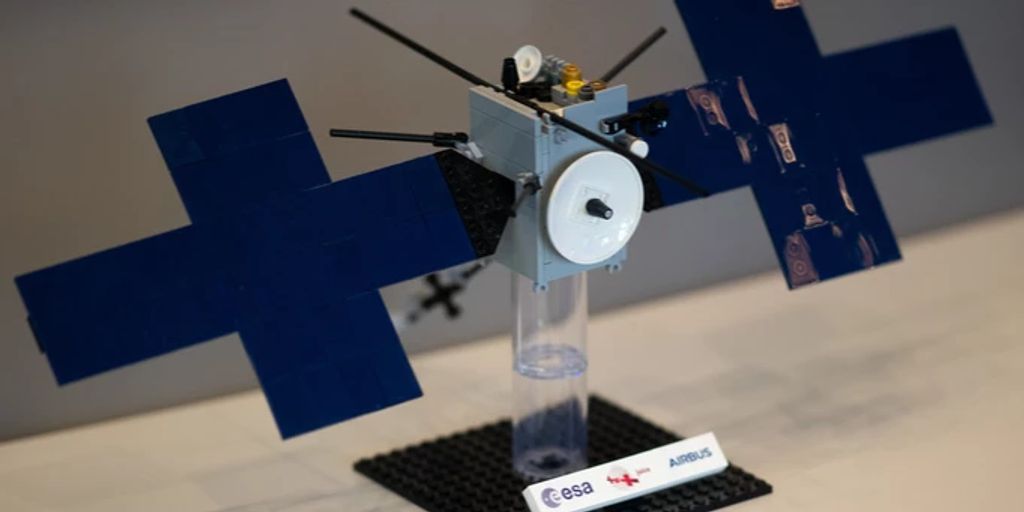The European Space Agency’s “Juice” probe is scheduled to begin its journey to Jupiter on April 13. The journey to the icy moon will take several years.
The basics in brief
- A new European Space Agency mission wants to explore Jupiter.
- The Juice probe is scheduled to launch on April 13th.
Is there a chance for more life in our solar system? A new ESA mission aims to answer that question, hundreds of millions of kilometers away, on icy moons. After years of preparation, the launch of a “juice” Jupiter probe is imminent.
It is the giant among our planets. The moons orbiting it are the same size as the planets. It is now the target of the European Space Agency’s farthest mission yet: the gas giant Jupiter and its moons. Hundreds of millions of kilometers away, the question is whether there is life on Jupiter’s moons.
ESA: “Juice” starts April 13th
The JUS (Jupiter’s Icy Moons Explorer) probe is scheduled to launch from the Kourou spaceport in French Guiana on April 13. With her 10 instruments on board, she must then look primarily at the large moons. Because there is water under a kilometer-thick layer of ice.
“Three moons have oceans, and they actually have a lot of water.” This says mission engineer Angela Dietz of the ESA Control Center in Darmstadt. This is where the mission control, which will cost more than one billion euros, will take place in the coming years.
Europa, Callisto and Ganymede are the moons that scientists want to look at from 2031 onwards. For the three moons, the researchers hypothesize that there are seas under the ice. Life conditions can be met there. Scientists assume you need water, you need energy, you need stability over several million years, Dietz explains.
Life in ozone is theoretically possible
Europa has the highest probability because it is closer to Jupiter, which has more heat and energy. So, in theory, life could exist in the ocean there. “We can only examine whether the rudiments are there,” Dietz says. Direct evidence of living organisms is not possible.
Certain elements that could serve as building blocks for molecules are needed for the emergence of life. “There are opportunities on Europa and on Ganymede,” Dietz says. With the ten instruments, nine from European partners and one from NASA, different studies can be done.
19 kilometers across the ice
Among others, radar and laser measurements. Radar can also collect data under the ice layer. According to Dietz, you can go up to 19 kilometers through the snow. No such radar has been on board previous NASA missions to Jupiter.
Using the “Gala” laser altimeter (Ganymede laser altimeter), the surface of the “Ganymede” should be measured. This says the administrator of the “Gala” experiment, Hock Haussmann. We are almost completely clearing ‘Ganymed’.
This is important for understanding the evolution of the moon. “The second important aspect that comes into play in the Jovian system is tidal deformation.” The moons will deform as they orbit the planet.

“Subtly charming coffee scholar. General zombie junkie. Introvert. Alcohol nerd. Travel lover. Twitter specialist. Freelance student.”







More Stories
A mysterious discovery on Mars – NASA team talks about “tire tracks” or “dragon scales”
iX Workshop: Passwordless authentication using passkeys, FIDO, SSO, and more
Self-comparison against LCD and OLED